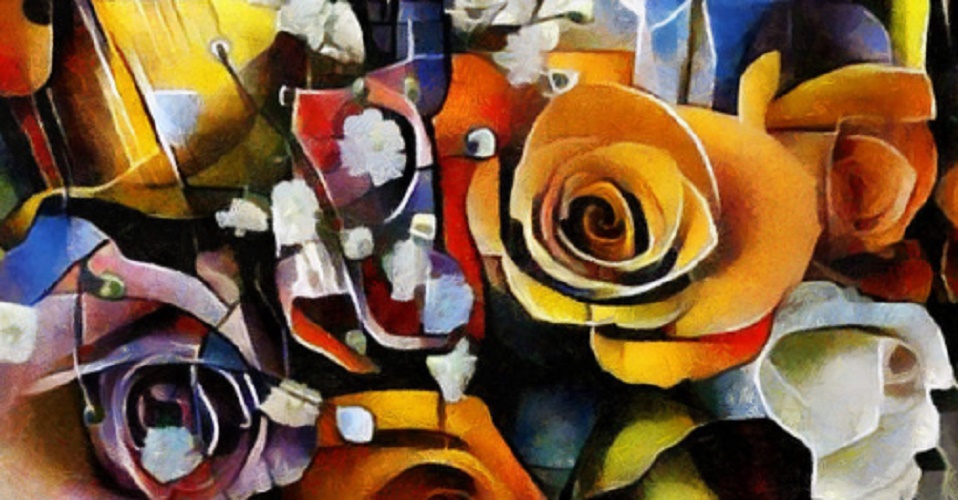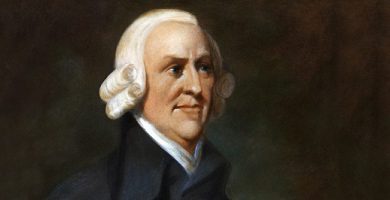What is expressionism?
We explain to you what expressionism is, its characteristics, abstract and German expressionism. In addition, his works and authors.
-
What is expressionism?
When we talk about expressionism, we are referring to an artistic and cultural movement that emerged in 20th-century Germany, and that covered a large number of creators in different artistic disciplines, such as painting , sculpture , literature , architecture , cinema , theater , dance , photography , etc. Its fundamental principle tends to be summed up in the deformation of reality to express the emotional and psychological content , that is, subjective, of the artist.
Alongside French Fauvism, Expressionism is one of the first artistic movements to be classified as Vanguard (the “Historic Vanguard”), although more than a homogeneous movement it was a style, an attitude , which brought together a diversity of movements and tendencies, whose common axis was their opposition to dominant Impressionism since the end of the 19th century and their association with positivist philosophy .
Thus, it is possible to speak of many expressionism: the Fauvista, the modernist , cubist , futurist, surrealist , abstract, etc. Although its origin took place in Germany, mainly with the groups Die Brücke (1905) and Der Blaue Reiter (1911), it was a trend that became popular throughout Europe and even the American countries. The term “expressionist” was first used in 1901 to designate a series of paintings presented to the Paris Independents’ Hall, and is attributed to Julién-Auguste Hervé.
-
Characteristics of Expressionism

Expressionism is considered a reaction against the principles of objectivity of Impressionism , imposing on art the work of representing in a subjective way, that is, distorted, deformed, the emotionality of the artist, and not the faithful reflection of what the poet observes in the real world. Initially this referred only to painting, but then migrated to the rest of the arts.
This victory of subjectivity produced, in the first instance, a tendency towards violent colors, towards the theme of loneliness and misery , which is generally interpreted as the feelings that were in interwar Germany, submerged in political crisis and economic, which prompted a desire to renew artistic languages.
However, expressionism quickly adapted to other geographies and cultures , becoming a reflection of other subjectivities other than German. Thus, expressionism is far from being a homogeneous or easily definable movement, since it is a stream with a lot of stylistic diversity.
This movement disappeared after World War II (1939-1945) , but left a strong mark on other artistic trends of the mid-twentieth century, such as American abstract expressionism or German neo-expressionism, as well as the work of many individual authors.
-
Abstract expressionism

It is known as Abstract Expressionism to an artistic movement that emerged in the United States around 1940 and then spread to the rest of the world, being the first American movement in the history of the arts.
It is understood as a combination of abstract art with the precepts of European expressionism , achieving a very subjective degree of expression of the interiority of the artist from chaotic forms, disorderly or violent strokes, so it is also known as Action painting (“Action painting”) or Drip painting, and is associated with the so-called New York School, a group of artists of the time who shared this idea of art.
Some of its great exponents were Arshile Gorky, considered its founder and group leader, William Baziotes, Adolph Gottlieb, Franz Kline, Robert Motherwell, Mark Rothko, Clyfford Still and internationally renowned authors of Jackson Pollock.
-
German Expressionism
Instead, German expressionism is called the initial tendency of the expressionist movement , which emerged in Germany in the interwar period, although this movement later became an international phenomenon.
Its appearance in Germany is not a fortuitous event, but it draws on the numerous and deep art studies that took place in that country since before the 19th century, especially regarding romanticism and contributions in the field of character aesthetics of Wagner and Nietzsche, among others. Thus was formed the Innerer Drang (“inner need”), the result of the separation between the real world and the inner world of the artist, and a key concept in the emergence of Expressionism, which tried to capture this feeling.
Expressionism was labeled as “degenerate art” by Nazism during the decades of 30-40 , and banned for alleged links to communism and of course subversive political content. Perhaps for that reason after World War II it disappeared as a trend.
-
Expressionism works

Some of the most representative works of Expressionism in the different arts are:
- Painting.
- Fränzi before a carved chair (1910) by Ernst Ludwig Kirchner.
- Blue Horse (1912) by Franz Marc
- The Scream (1893) by Edvard Munch
- Senecio (1922) by Paul Klee
- The Blue Rider (1903) by Vasili Kandinski
- Literature.
- The death of Danton (1835) by Georg Büchner
- The awakening of spring (1891) by Frank Wedekind
- Road of Damascus (1898) by August Strindberg
- The Magic Mountain (1924) by Thomas Mann
- The Metamorphosis (1915) by Frank Kafka
- Music.
- Pierrot Lunaire (1912) by Arnold Schönberg
- The light of the eyes (1935) by Anton von Webern
- Wozzek (1925) by Alban Berg
- Cinema.
- The Golem (1914) by Paul Wegener and Henrik Gaalen
- The cabinet of Doctor Caligari (1919) by Robert Wiene
- Nosferatu, the vampire (1922) by Friedrich Murnau
- M, the vampire of Düsseldorf (1931) by Fritz Lang
-
Authors and representatives
Expressionism enjoys numerous and acclaimed exponents in all artistic areas, many of which are among the most famous contemporary artists in the world, such as:
- Painting. Arnold Brocklin (Swiss, 1827-1901), Heinrich Nauen (German, 1880-1940), Ernst Ludwig Kirchner (German, 1880-1938), Paul Klee (Swiss, 1879-1940), Vasili Kandinski (Russian, 1866-1944) , Franz Marc (German, 1880-1916), Egon Schiele (Austrian, 1890-1918), Amedeo Modigliani (Italian, 1884-1920), Marc Chagall (Belarusian, 1887-1985), Edward Hopper (American, 1882-1967) , Diego Rivera (Mexican, 1886-1957) or Frida Kahlo (Mexican, 1907-1954).
- Music. Arnold Schönberg (Austrian, 1874-1951), Anton Webern (Austrian, 1883-1945), Alban Berg (Austrian, 1885-1935), Paul Hildemith (German, 1895-1963), Viktor Ullman (Polish, 1898-1944).
- Literature. Georg Büchner (German, 1813-1837), August Strindberg (Swedish, 1849-1912), Thomas Mann (German, 1875-1955), Gottfried Benn (German, 1886-1956), Franz Kafka (Czech, 1883-1924), Georg Trakl (Austrian, 1887-1914), Bertoldt Brecht (German, 1898-1956), Ramón María del Valle-Inclán (Spanish, 1866-1936).
- Cinema. Robert Wiene (German, 1873-1938), Friedrich Murnau (German, 1888-1931), Fritz Lang (Austrian, 1890-1976), Paul Wegener (German, 1874-1948), Robert Siodmak (German, 1900-1973).





